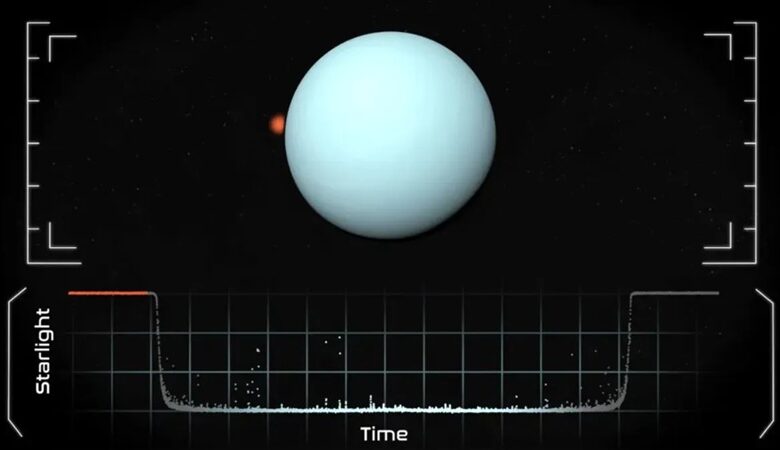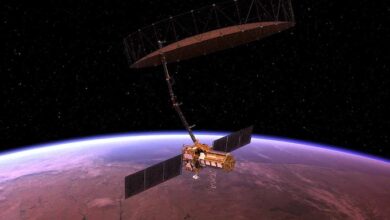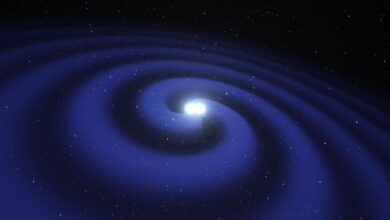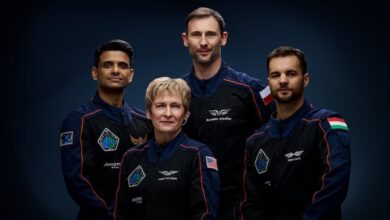NASA Detects Uncommon Uranus Occultation, Revealing Fresh Atmospheric and Ring Information
News Mania Desk / Piyal Chatterjee / 29th April 2025

NASA’s astronomers seized a unique opportunity to observe Uranus when the planet passed in front of a faraway star—a rare occurrence known as a “stellar occultation.” The occultation of Uranus took place on the morning of April 7th and continued for one hour.
The occultation could be seen from western North America, marking the first bright Uranian occultation since 1996. The Langley NASA Research Center assembled an international group of over 30 scientists who merged data from 18 observatories to collect significant information. The joint efforts of these two groups resulted in the restoration of phase coverage, which was crucial for exploring the vertical structure of its atmosphere.
As reported by Space.com, planetary scientist William Saunders emphasized the magnitude of the endeavor and noted that it could not have been achieved without the assistance of each telescope.
“By monitoring this occultation with numerous large telescopes across various altitudes, we can assess the temperature configuration of Uranus’ atmosphere with a detail that wasn’t achievable previously,” stated Saunders. According to NASA’s official announcement, the recently obtained data might greatly enhance strategies for upcoming missions to explore Uranus.
During the occultation, scientists assessed the temperatures and chemical makeup of Uranus’ stratosphere, recording alterations not observed since the last occurrence almost thirty years prior. Uranus is approximately 2 billion miles (3.2 billion kilometers) away from Earth.
Uranus lacks a solid surface; instead, it is enveloped by a swirling mixture of clouds made of water, ammonia, and methane. This low-freezing-point material forms the slushy, icy coating that covers a substantial rocky mantle, enveloped by an atmosphere primarily composed of hydrogen and helium.






